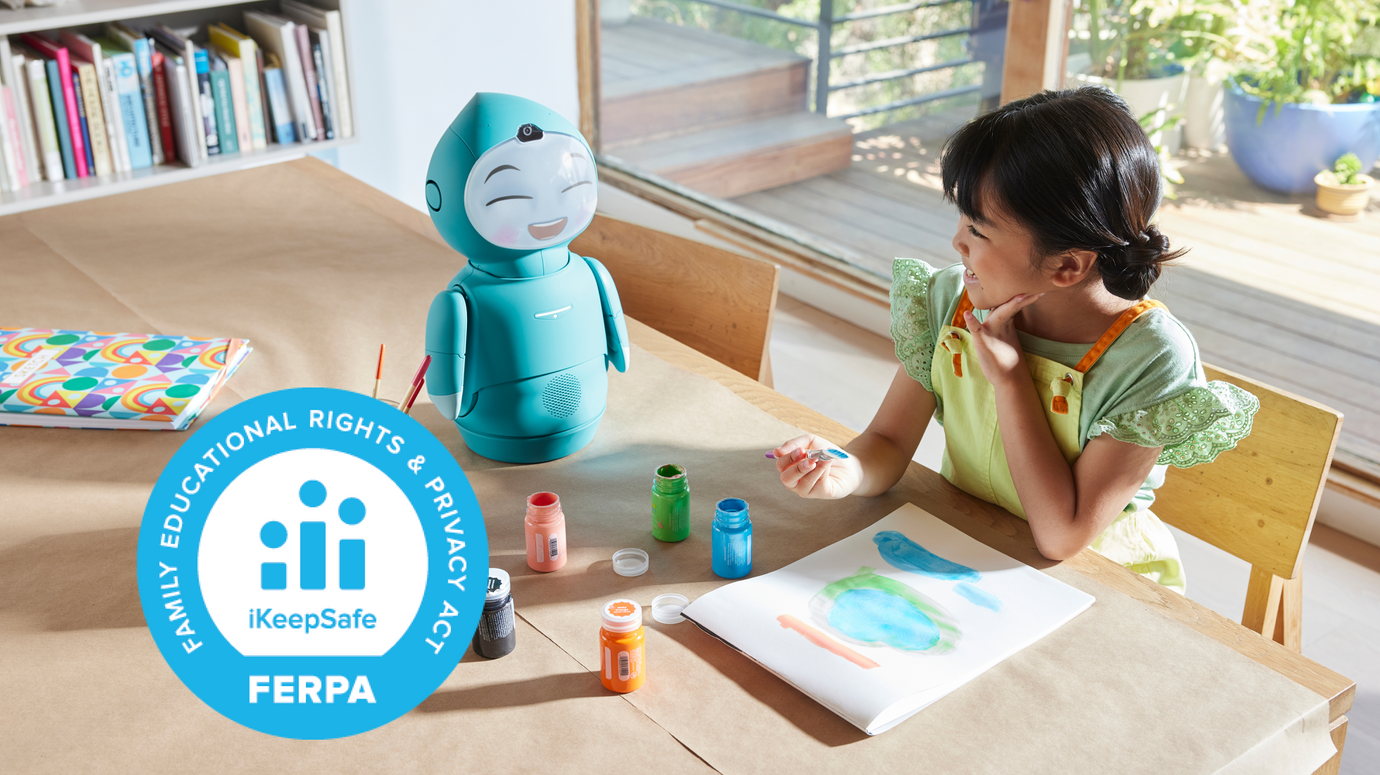Love: The Key to Strong Family Bonds and Positive Relationships

What Makes a Family?
The idea of a traditional family like the one in the 1950s television series, Leave it to Beaver, has strong roots. Dad goes to work outside the home and is the head of the family. Mom stays at home as the main caregiver and also takes care of the house, making sure that the house is tidy and dinner is always on the table on time. Add two kids, perhaps a dog, and definitely a white picket fence and you’ve got a family. Yet, even when Leave it to Beaver was on the air, that model didn’t represent the full range of families – and it certainly doesn’t today.
The evolution of family structures
There are all sorts of family configurations including single parents, extended families, blended families, adoptive parents, families with two moms and families with two dads, moms who work outside the home, and dads who are the primary parenting figure – just to name a few. All sorts of caregivers can provide a loving environment in which to raise kids.
That’s why there’s no time like the present to remind yourself to nurture love as the foundation of your family – no matter what it looks like! So take a moment out of your busy lives to check in: Are you valuing your family by focusing on building positive family relationships? What are you doing well and what could use some improvement? Read on for some reasons why loving, positive relationships are so important – and a few pointers on how to nurture those relationships.
Importance of Positive Relationships in Families
Security and Confidence
There are many benefits to cultivating positivity in your family relationships. One is that a caregiver-kid relationship based on love and positivity can help kids feel more secure. And the more secure a kid feels in their place in the family, the more confidence they’ll have when they go out to explore the world.
Effective Problem-Solving
Families that prioritize positive relationships also tend to be better at solving problems. Conflict will always happen – it’s just a natural byproduct of different people all existing together. But when caregivers model approaching conflicts from a place of love and respect it’s more likely that those conflicts can be resolved relatively easily and with less animosity.
Modeling Healthy Relationships
Finally, the family is a kid’s first and most influential model for how things work in the world. When that model showcases healthy loving positive relationships, kids have a great base from which to build similar relationships with others, from friends and classmates, to work colleagues, life partners, and eventually their own kids.
How to Create a Loving Family Environment
1. Spend Quality Time Together
Prioritizing Family Connection
There’s no better way to enjoy each other than to spend quality time together. Life is busy. You’ve all got work, school, extracurricular activities, housework, and on and on and on. But don’t let all that distract you from carving out space to have fun together as a family. Showing your kids that you value the family connection enough to make it a priority means a lot. Doing fun together is also a great way to strengthen a bond, and reinforce the reasons why you love each other.
Emphasizing Quality Over Quantity
It doesn’t even have to be a lot of time to make a difference. In fact, focus on quality rather than quantity. Even eating one meal a day together, or taking 15 minutes a day to play a game can do wonders. Just make sure that during that time you are fully tuned in to your kids.
2. Appreciate Each Other and Show Gratitude
Expressing Appreciation and Gratitude
This one is also easy to forget when we’re running around just trying to get through the day. But think about how amazing it feels when someone takes a moment to express appreciation or gratitude for you or something you’ve done. It means even more to your kids to hear how much you appreciate them. If you all need an extra push, try making it a habit. For example, every day at dinner each family member takes turns saying one thing they appreciate about another family member.
Showing Genuine Interest in Family Members' Interests
Another way you can make it clear that you value each other is by showing interest in what interests other family members. Ask them about what games they're playing, books they’re reading, or music they’re listening to. Go to their games, recitals, and school events. Give them the opportunity to invite you into their world and show genuine curiosity about learning what excites them.
Finally, family stories are a great way to appreciate each other as well as your shared history. Bring out the photo album and talk about that amazing trip you took, the last holiday family gathering, your kid’s birth story, or whatever feels special to your family. It can be fun to hear how kids remember these events as well!
3. Communicate Well and with Respect
Sharing Daily Experiences and Feelings
Talking with your kids about what’s going on in your day is a great way to create and strengthen bonds. Talking about what’s going on in your head and sharing feelings are also effective ways to model being open, honest, and straightforward. Finally, don’t forget to admit and apologize for your mistakes when you make them.
Modeling Openness, Honesty, and Straightforwardness
All this great modeling may even inspire your kids to share with you too! If and when they do talk, give them your full attention and listen without judgment. Doing this can actively create the space for them to talk about difficult topics by listening attentively and openly.
And don’t forget the power of non verbal communication too! Pay attention to your body language and tone of voice when you talk to your kids. A sigh and an annoyed tone express a lot, even if your words say something else.
4. Manage Stress and Conflict Respectfully
Establishing Guidelines for Problem-Solving
Stress and conflict are inevitable. But the way you all handle things when things get tough makes a big difference. Consider setting some guidelines for how your family will work out problems and disagreements. For example, one rule could be that when you get angry, always remember to take a step back to cool down and let emotions settle before trying to talk it out. Let everyone pitch in with ideas. Everyone, including kids, feel more respected and are more likely to follow expectations if they get a say in setting them.
5. Be a Team
Collaborating on Common Goals and Tasks
As a family, you’re bound to have some common needs and similar goals. Some will be mundane – like putting the laundry away – and some can be fun – like planning a family vacation. So, work together as a team to get it all done! Have everyone in the house pitch in to do the work in an age appropriate way, of course). You could even establish regular family meetings to talk about how you’ll assign tasks and all work together. When you work together on the things that need to be done, you’ll have more time and energy to play together on the fun things. And, achieving goals together is yet another great way to create and strengthen bonds.







